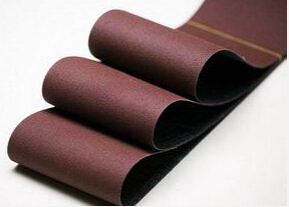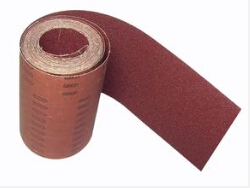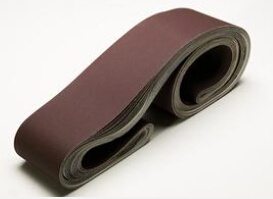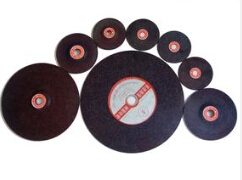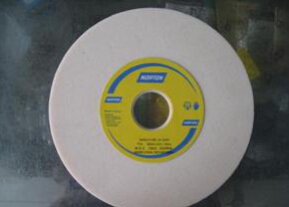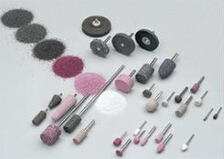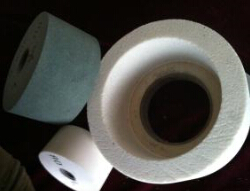Common Problems in Sintering of Zirconia Ceramics
Zhongsen Editor 2021-11-09Before being sintered, the ceramic green body is composed of many single solid particles. There are a large number of pores in the body, and the porosity is generally 35% to 60% (that is, the relative density of the green body is 40% to 65%). The value depends on the characteristics of the powder itself and the molding method and technology used. When the solid green body is heated at high temperature, the particles in the green body migrate, and the body shrinks after reaching a certain temperature, and the grain grows, accompanied by the elimination of pores, and finally at a temperature below the melting point (generally at (0.5 to 0.7 times the melting point) The green body becomes a dense polycrystalline ceramic material. This process is called sintering.
Sintering is the final process of ceramic body molding. A large part of the performance of ceramic products is determined by sintering. For zirconia ceramics to be sintered with high density and uniformity, not only is the degreasing step of the previous processing procedure essential, but it is also affected by factors such as powder, additives, sintering temperature and time, pressure and sintering atmosphere.
During the specific sintering process, the zirconia ceramic body may have problems such as deformation, cracking, and abnormal grain growth. What are the possible causes? Let's take a detailed analysis based on specific issues.
一.Deformation
Zirconia ceramics are deformed during the sintering process, the reason may be that the particle size distribution of the powder is too wide; the selection and addition of additives in the powder are unreasonable; the shrinkage of the ceramic is inconsistent.
1. There are three reasons for the inconsistent shrinkage of ceramics:
①The furnace temperature is not uniform, and the ceramic body shrinks inconsistently;
②The heating speed is fast, and the temperature conduction produces a gradient. The closer the ceramic body is to the surface layer, the faster the shrinkage, and the more the center shrinks, the slower.
③ There is a density gradient. During molding, due to factors such as pressure and filler, the shrinkage ratio inside the blank is inconsistent.
2. Crack
The main reason for the sintering of the ceramic green body is that there are defects in the ceramic green body, and it is also related to the shrinkage of the green body. For the reason of the inconsistent shrinkage of the green body, see the analysis of the cause of sintering deformation.
When the shrinkage is inconsistent, if there are defects (holes, cracks, etc.), the defects become the source of fracture, and the crack diffusion causes the green body to crack.
3. Abnormal grain growth
When the grains grow abnormally, there are often a large number of pores in these oversized grains that are difficult to be discharged from the grains to the grain boundary, which will make it difficult for the ceramic material to reach a higher density. Many of the properties of the material Deterioration, especially mechanical properties (fracture toughness, flexural strength, etc.).
There are three main reasons for the abnormal growth of grains:
① The particle size distribution range of the original powder is too wide, that is, the largest particle in the powder is greater than or much greater than twice the average particle size;
②The density of the green body is uneven during molding (powder reunion, the pressing pressure of the green body is gradient, and the additive is uneven), and the sintering has uneven density;
③ Too high sintering temperature and too long holding time.

